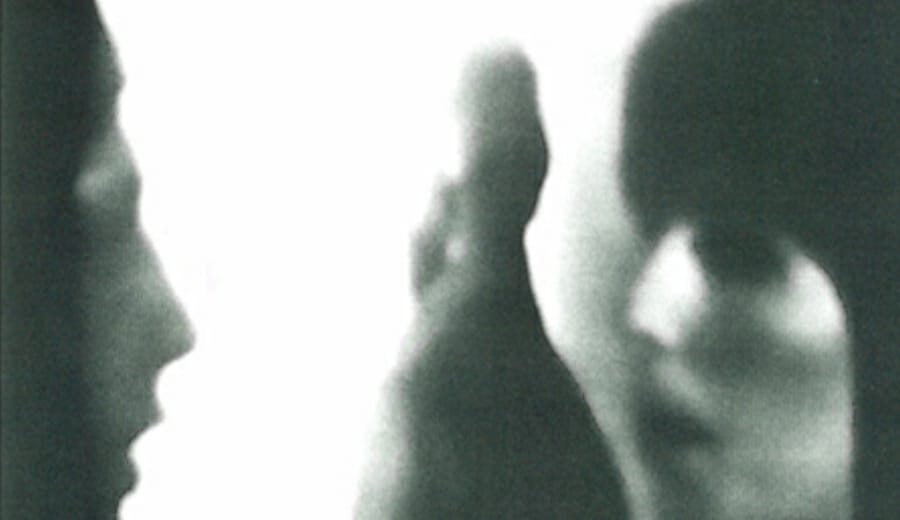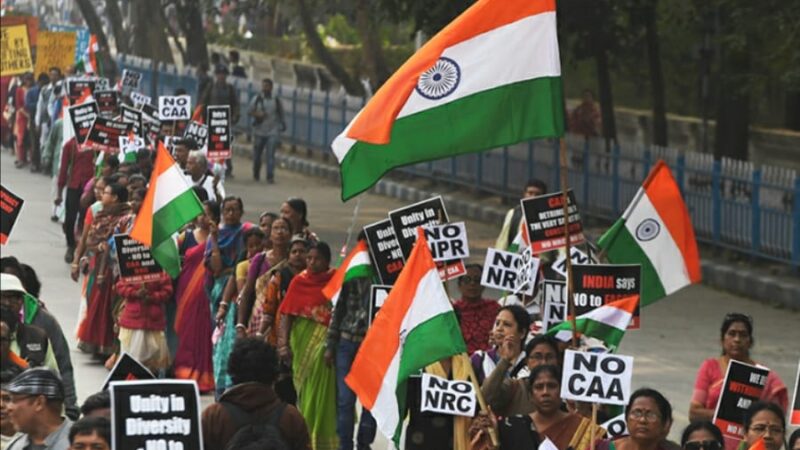Both Sides of the Fence: The First Generation Woman

There is a kind of woman who carries the weight of two cultures within her identity. One comes from her parents, born across oceans; the other comes from her own birthplace, a land colder and unfriendly to her sandy skin. She is the kind of woman whose mother and father would trudge in to adaptation to a new life in a new country, with a new language that would slowly seep into their mother tongue. This woman grew up in a home that held on to every last trace of the far away homeland, while she attempted to rid herself of anything that would set her apart from her peers, who’s families had lived here for generations.
As a girl, she would resent her deeply pigmented skin and the dark hair that sprouted from it, resented the smell her mother’s cooking left on her winter coat, and the way her father pronounced her name in front of her classmates. She would visit her parents’ birthplace during winter holidays, awkward trips meeting relatives she’d only seen in faded wedding photographs, speaking in broken tongues, not belonging, yet so desperately wanting to. These visits would leave a deep gash within her, because she knew her history lay outside the land she grew up on.
As she’d grow older, this woman questioned her identity, whether or not to attach her parents’ to her own. She’d accept that her conditioning came from a culture foreign to her peers, that the way she could pronounce retroflexr’s and dental t’s was inherited from a language much older than theirs. Both identities called for different roles, and this woman becomes strong enough to fit them all after years of trying and scarring. She is the woman who sees her birthplace oppressing men and women of her race, who sees men who look like her father oppressing their wives, sisters, daughters. She watches, from both sides of the fence her identity lays on, fighting and embracing both.
This woman lives in millions of different forms all over the planet, sometimes contemplating whether or not she can reside where her parents once called home, if she is as strong as her own uprooted mother.
———— About the Author: This article has been contributed by Amrita Chopra, our intern. Amrita is a journalism student at Humber College, Toronto, Canada. She is a first generation Canadian woman, who is very connected to both her ethnic roots and solidarity towards all women. She is a firm believer of our cause and wishes to contribute her bit to the same.






